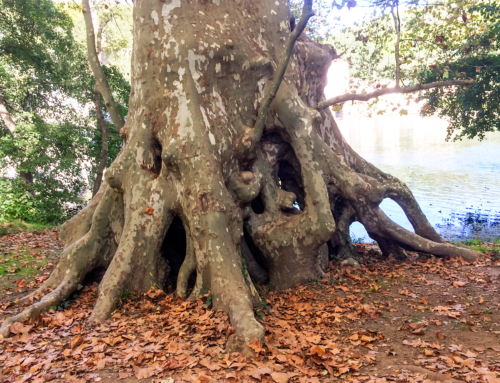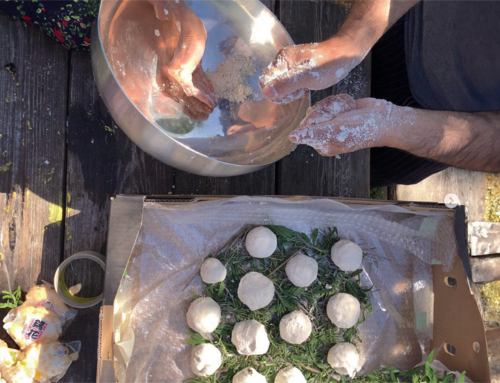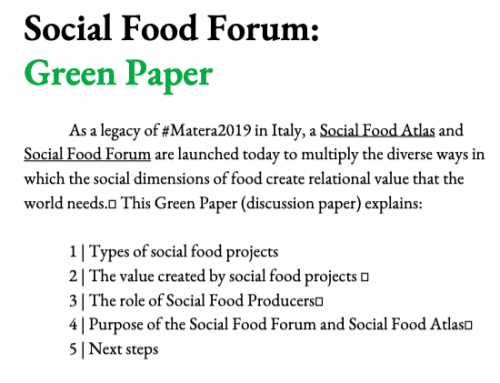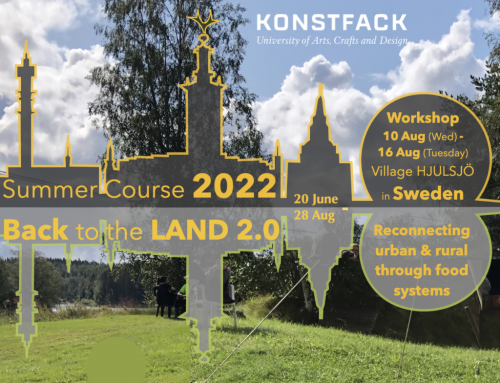On concluding my stint as programme director of Dott07 (the Design Council’s social innovation biennale), my then boss, David Kester, asked me to summarise what skills were necessary to do this job. With the caveat that I learned most of it on the hoof, and did not succeed at all of them anyway, I jotted down these five capabilities:
How to develop a shared vision among multiple stakeholders
Social innovation is the successful exploitation of new ideas – but if these ideas are introduced top-down, innovation is less likely to be sustainable. We needed to develop projects collaboratively with local stakeholders; we had to learn-by-doing how to involve citizens in the co-design of scenarios of “where we want to be”. Citizen co-design is time-intensive and hard. The ideal outcome was that if we could improve things for real people, in a particular context – then the tools, methods and services we developed could be scaled up, and multiplied. Otherwise stated: design for resilience is an acorns business.
How to design a collaborative innovation project
It was important that each public commission project had a Senior Producer. Our idea was they wood be recruited from the local ecology so that the expertise they gained would be left behind when the biennial left town. (We did not succeed din this). The job of the producer is to describe the purpose and desired outcomes of the project; to identify and involve new stakeholders and partners; and to identify the community or location and citzen co-designers.
How to create new value from neglected assets
Dott projects revealed hidden cultural and social qualities of a location that may have been overlooked by people who live there. We did this by inviting artists and designers to look at customs, buildings, and landscapes with fresh eyes. Several projects were about the re-animation of neglected or or in-transition buildings – sites deserted by departing industries, or buildings not currently in use.
How to enable enterprise
Dott produced regular “Dragons Den” style pitching events, and “First Tuesday” style evening marketplaces, to bring business plans and funders and investors together in a proactive way. A variety of encounter formats was used throughout the programme to amplify the potential for early exploitation. The exact format doesn’t really matter; what’s key is to start thinking of enterprise at the start, not at the end . The fact that 70 recent of Dott projects carried on after we left suggests we got some of this right.
How to connect the local ecology with global innovators
One contribution of designers is to help local stakeholders partner with, and be mentored by, the best practitioners of this new practice from outside.Dott projects were usually a medium of encounter in which local innovators connected with dynamic networks world-wide. We developed highly effective encounter formats – such as project clinics, and explorers clubs -in which project leaders were able to share experiences and insights with visiting experts. These activities were in all cases be co-produced with local partners who learned by doing how to repeat and improve these formats after Dott ended.





